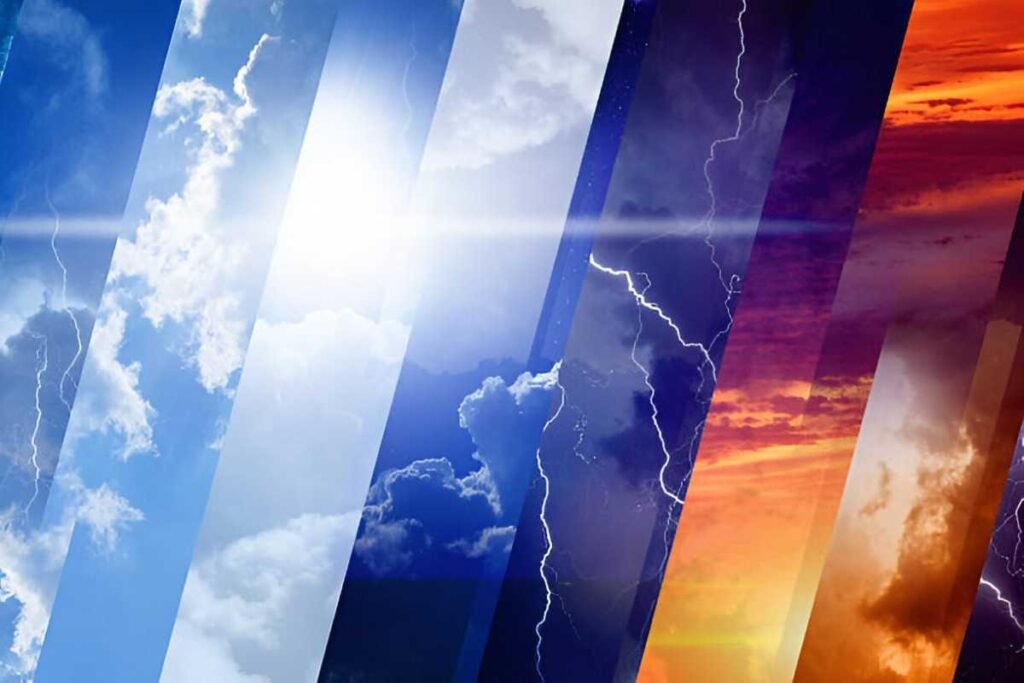Overview
Maine residents across northern and coastal regions have been advised to prepare for severe winter weather conditions following the issuance of a winter weather advisory by the National Weather Service (NWS) early this morning. The advisory, effective from March 26 through March 27, warns of a potent combination of heavy snowfall, strong winds, and freezing temperatures that could disrupt daily life, travel, and essential services throughout the state.
Advisory Details and Weather Forecast
The National Weather Service (NWS) in Gray, Maine, has declared a winter weather advisory for portions of Aroostook, Penobscot, and Hancock counties. According to the advisory, expected snowfall amounts range from 6 to 10 inches in higher elevation areas, with coastal regions bracing for 3 to 5 inches. Wind gusts are predicted to reach speeds of up to 45 mph, potentially reducing visibility and causing drifting snow. Additionally, temperatures are forecast to drop to near or below freezing, intensifying the risk of icy conditions on roadways and sidewalks.
Meteorologists attribute the harsh weather conditions to a strong low-pressure system moving up the eastern seaboard, drawing in moisture from the Atlantic Ocean. This system, coupled with a rapid temperature drop, is anticipated to result in significant snowfall accumulations over a short period. “The combination of moisture, wind, and cold air is a classic recipe for a wintry mix that can catch even the most prepared residents off guard,” stated an NWS spokesperson.
Impact on Transportation and Daily Life
The anticipated weather is expected to significantly impact transportation across the affected areas. Major highways, including Interstate 95 and U.S. Route 2, may experience delays or closures due to heavy snowfall and reduced visibility. Local transit services are preparing to adjust schedules, and public officials are urging residents to avoid unnecessary travel. Snowplow crews and road maintenance teams have been mobilized in anticipation of the storm, but experts caution that conditions could deteriorate rapidly.
School districts in the advisory area are closely monitoring the situation. Several have already initiated contingency plans that include delayed start times or temporary closures. “Safety is our top priority. We are advising parents to keep an eye on updates from their local school districts and to ensure that children have appropriate winter clothing and transportation arrangements,” said a spokesperson for the Maine Department of Education.
Businesses are also preparing for potential disruptions. Many retail establishments and offices have announced flexible working hours or remote work policies to accommodate employees who might face challenges commuting during the storm. Local authorities are coordinating with utility companies to address potential power outages and ensure that emergency services remain fully operational.
Government and Community Response
In response to the advisory, Maine’s state government has activated its Emergency Management Office. Governor Elizabeth Reynolds, in a press briefing this afternoon, reassured residents that the state is fully prepared to handle the impending weather. “We have taken every precaution to mitigate the impact of this storm. Our emergency management teams, along with local officials, are on high alert to ensure the safety and well-being of all Maine residents,” Governor Reynolds stated.
The state government is also working closely with the Federal Emergency Management Agency (FEMA) to coordinate resources, including shelters and emergency supplies, for areas that might experience prolonged isolation due to road closures or power disruptions. “Our focus is on providing immediate support to the communities most at risk,” explained FEMA regional director Marcus Bennett. “We advise residents to stock up on essential items such as food, water, medications, and batteries, as well as to have a winter emergency kit prepared at home.”
Local communities have long been familiar with harsh winter weather, and many residents are taking proactive measures. Neighborhood organizations and volunteer groups are planning to assist vulnerable populations, such as the elderly and individuals with disabilities, by checking on their welfare and helping them secure necessary supplies. Several community centers have been designated as warming shelters and drop-off points for emergency resources.
Preparedness and Safety Tips
Authorities emphasize the importance of preparedness during the winter weather advisory. Residents are advised to follow these safety guidelines:
- Travel Safely: Avoid unnecessary travel during heavy snowfall. If you must drive, ensure your vehicle is equipped with winter tires, carry chains if required, and keep your gas tank at least half full.
- Stay Informed: Monitor local weather forecasts and stay updated through official channels such as the NWS website and local news broadcasts.
- Emergency Kit: Prepare an emergency kit that includes non-perishable food, water (at least one gallon per person per day), medications, flashlights, extra batteries, and a first-aid kit.
- Protect Your Home: Ensure that pipes are insulated to prevent freezing, and keep a supply of salt or sand on hand to improve traction on walkways.
- Check on Neighbors: Offer assistance to elderly neighbors or those with limited mobility, ensuring that they have the necessary supplies and support in case of isolation.
- Communication: Keep cell phones charged and have backup power sources available. Inform family members of your whereabouts and plans during the storm.
Local authorities have also reminded residents to exercise caution when clearing snow. “Heavy snowfall combined with icy conditions can create hazardous situations. Use proper techniques when shoveling, and consider using a snow blower if available,” advised Officer Karen Mitchell of the Bangor Police Department.
Environmental and Economic Considerations
While the current advisory poses immediate challenges, environmental experts note that severe winter weather also plays a crucial role in Maine’s natural ecosystem. Snow acts as an insulating layer for the ground, protecting plant life during freezing temperatures and contributing to the replenishment of water resources during the spring melt. However, rapid and intense snowfall can lead to an increased risk of avalanches in mountainous regions and contribute to soil erosion in lower-lying areas.
Economically, the storm could have both short-term disruptions and long-term benefits. While businesses and transportation networks may face temporary setbacks, the influx of snowfall can benefit local winter tourism, which is a significant part of Maine’s economy. Ski resorts and outdoor recreational areas are preparing for a potential boost in visitors, provided that conditions remain safe for travel.
Historical Context and Future Outlook
Maine has a long history of enduring harsh winter conditions, and each season brings its own set of challenges and adaptations. This latest advisory is a reminder of the dynamic and often unpredictable nature of the state’s weather. Historical data from the Maine Climate Office indicates that late-season winter storms, while less frequent than those in mid-winter, can still be intense and disruptive.
Looking forward, meteorologists are closely monitoring the broader weather patterns that could influence Maine’s climate in the coming weeks. Preliminary models suggest that while this storm is expected to pass within the next 48 hours, a series of milder systems may follow, offering a gradual transition toward spring. “Residents should remain vigilant over the next few days as weather patterns continue to evolve. It’s essential to prepare for any unexpected changes,” warned Dr. Lisa Carter, a climatologist at the University of Maine.





